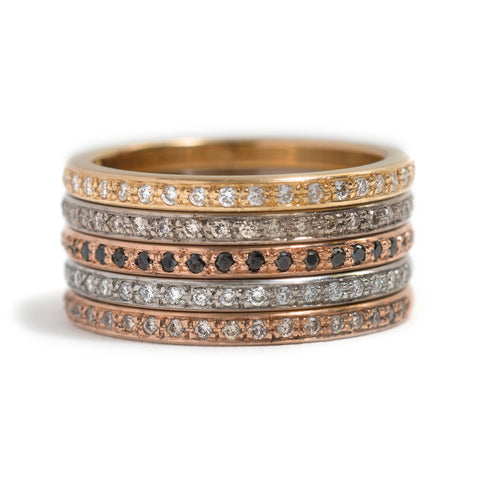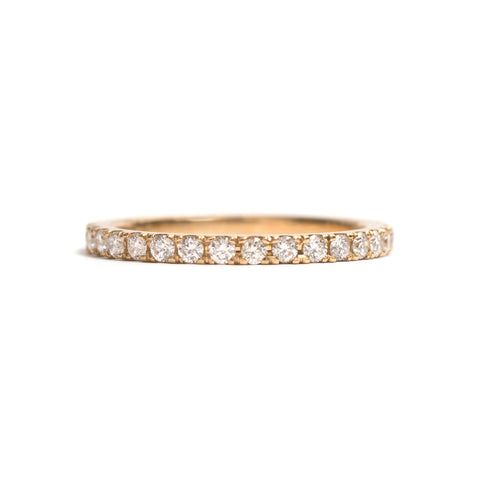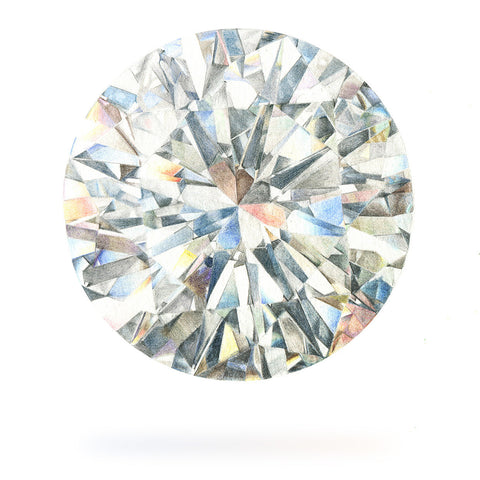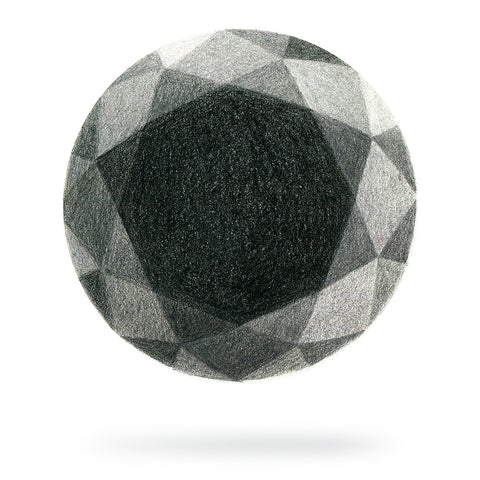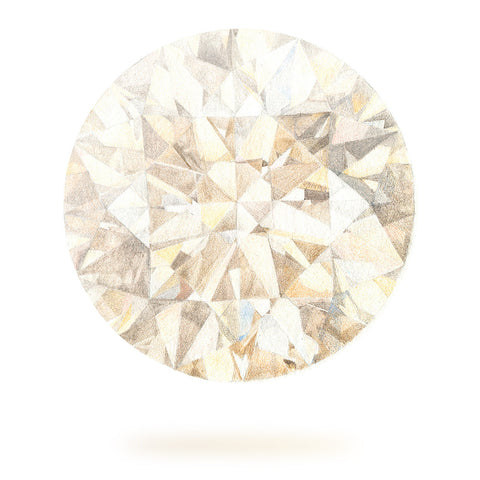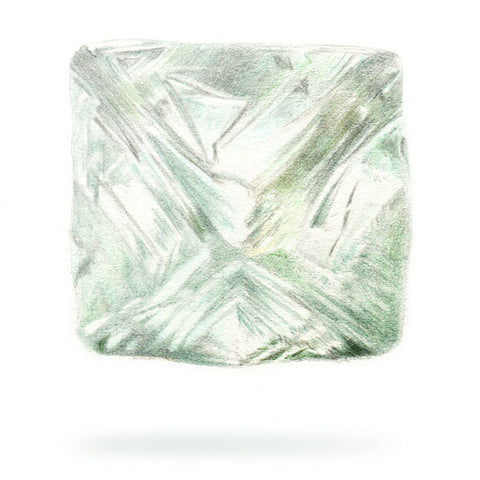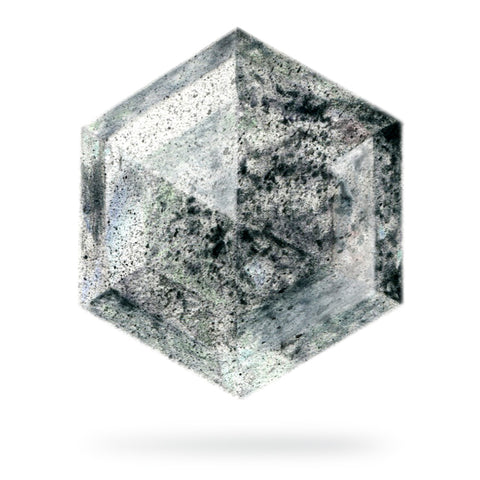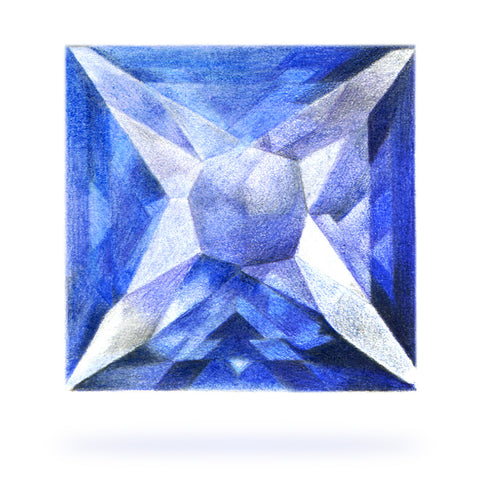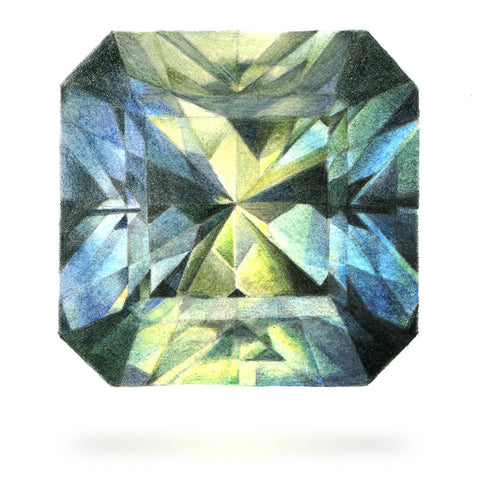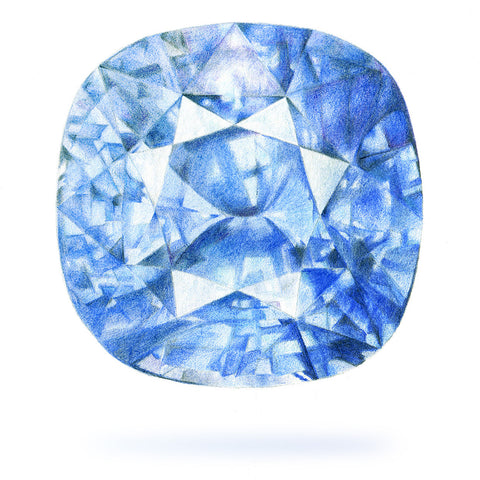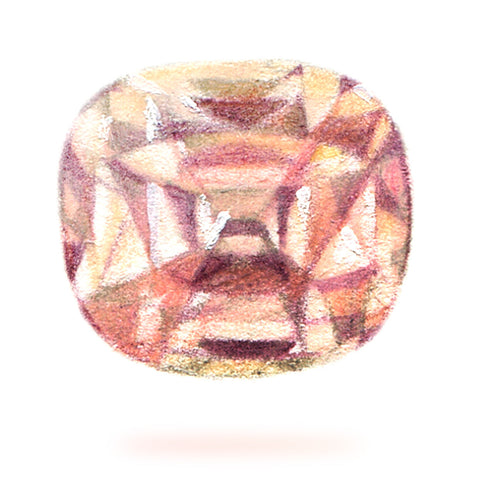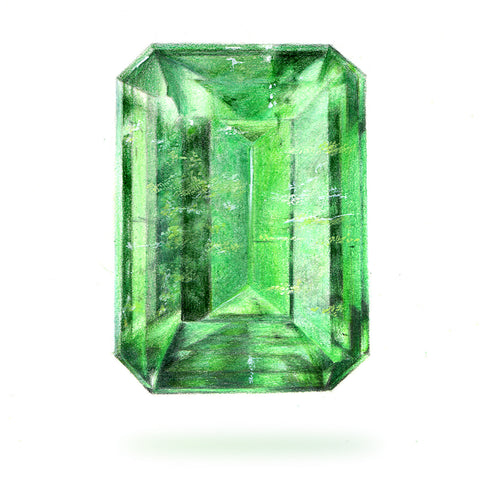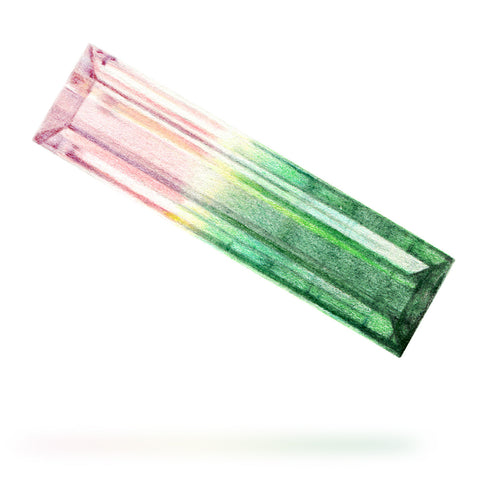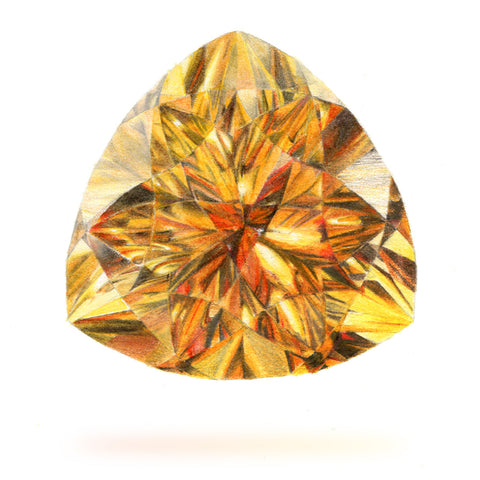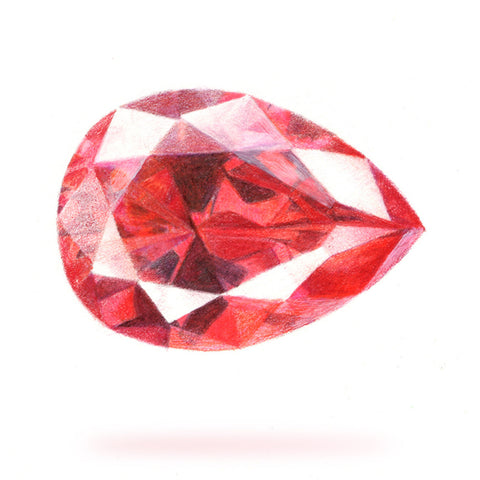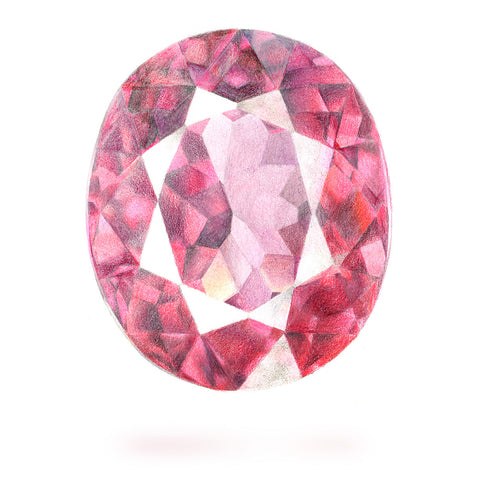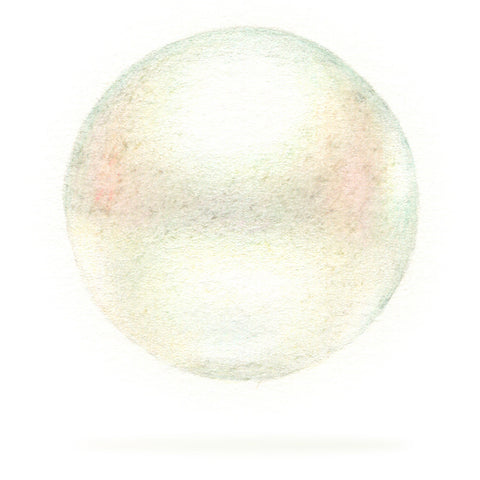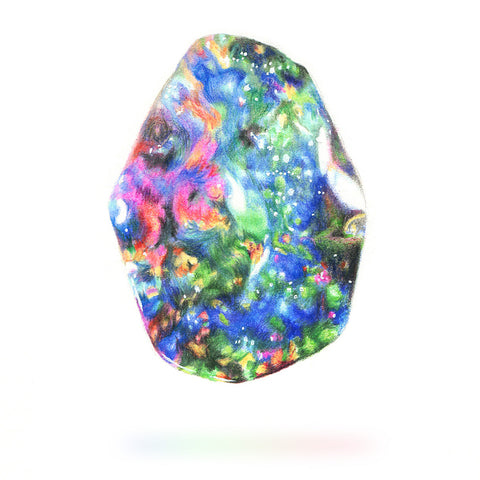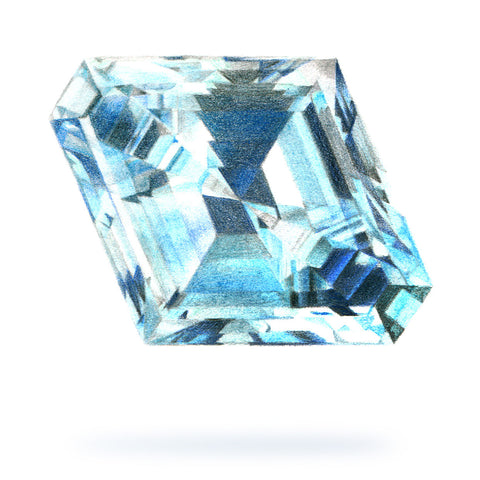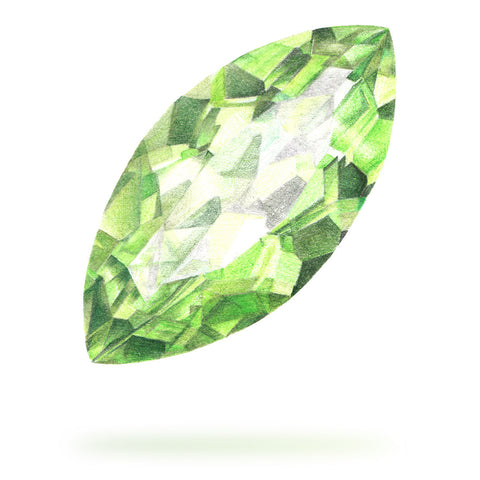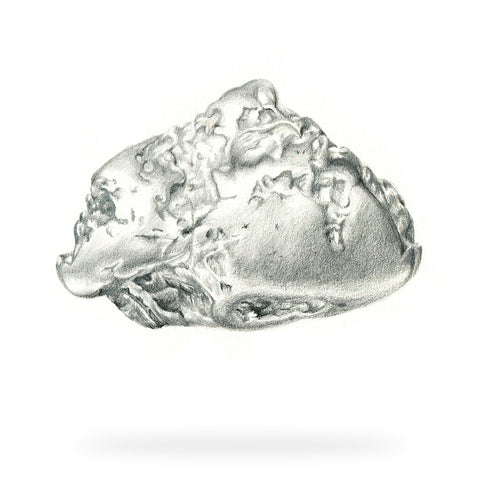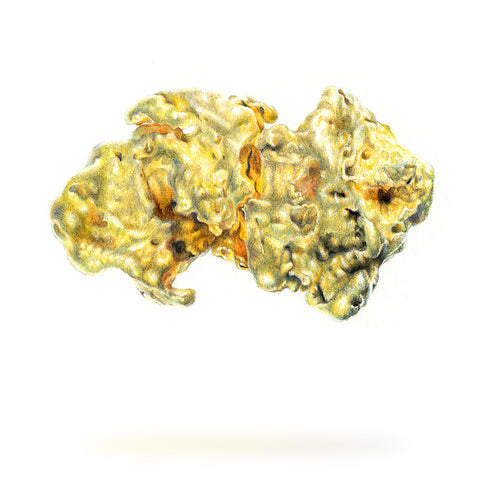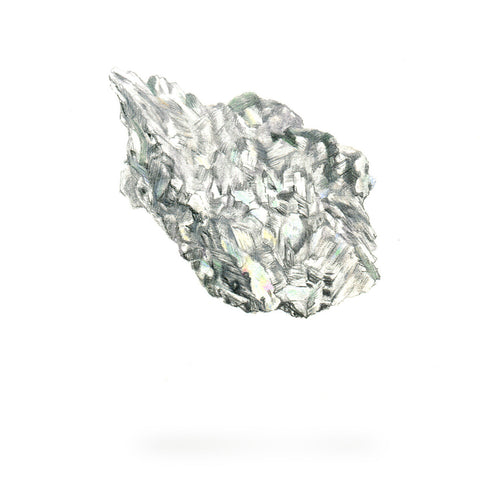Platinum

Platinum is often considered the king of precious metals due to its impressive density, malleability, hardness, purity and rarity. It is a chemical element with the symbol Pt and atomic number 78 and is widely used in jewellery today due to it’s resistance to wear and tarnishing. It is about 30 times more rare than gold and all the platinum ever mined would only fit into an average sized living room. While it is the rarest of all the precious metals on earth, platinum exists in abundance on the moon and in meteorites. The name platinum comes from the Spanish word 'platina' which translates to 'small silver' and today it’s name is synonymous with quality and prestige.
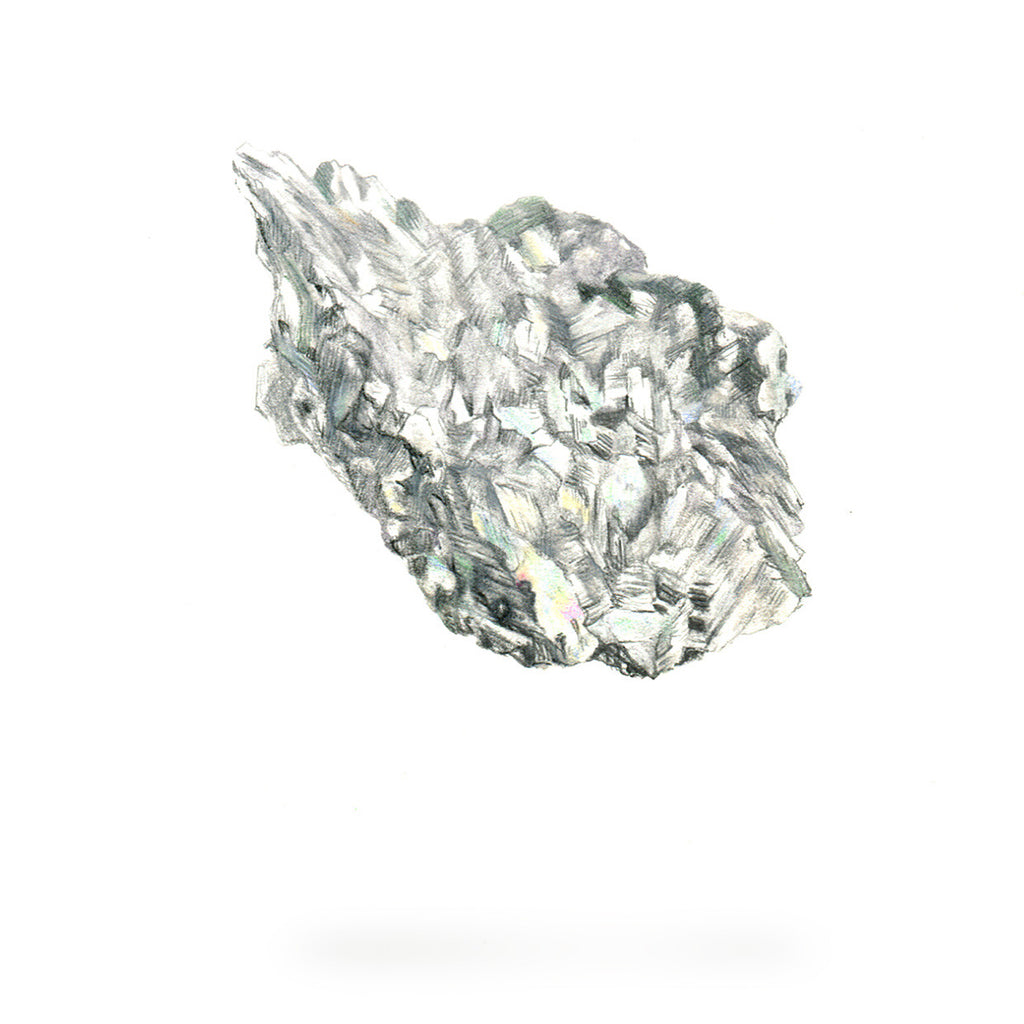
- Element/Pt
- Colour/Pale Grey & Silver
- Moh's Hardness/3.5
- Anniversary/70th
GRADING
Platinum is desired for jewellery due to its silver lustre, stability, strength, density and malleability. It is more ductile than all the other precious metals but not as malleable as gold. It doesn’t tarnish or wear away when scratched and is hypoallergenic, making it ideal for those with sensitive skin. Platinum is part of six group metals which all have the same physical and chemical properties and occur together in the same mineral deposits. The other metals in this group are ruthenium, rhodium, palladium, osmium and iridium. Platinum is an extremely rare metal which is found in the earth's crust in far smaller quantities than other precious metals.
Most platinum jewellery is stamped Pt or PLAT and is 95% platinum alloyed with 5% iridium. About 35% of all platinum mined is used for jewellery, with the other 65% mostly used in industrial applications such as the production of hard disk drives, vehicle emission control devices (saving a huge amount of pollution from entering the atmosphere) and medicine and biomedicine. Platinum in jewellery can be finished to a high polish or a satin or matte surface. It will naturally wear to a patina somewhere in between these finishes but can always be refinished by a jeweller. Since 1995 the largest market in the world for platinum jewellery is China and demand from India is strongly growing. Platinum has its longest history in the West and continues to be associated with the finest quality jewellery around the world.
HISTORY
While platinum has become a well known precious metal today, it has a shorter history than you might expect. While the ancient Egyptians used platinum in jewellery and sarcophagi around 700 BC, ancient South American civilizations, such as the Incas, used platinum and gold to create nose rings and other items of ceremonial jewellery. The use of platinum ceased during the medieval period as the high melting temperature of this metal (1786 degrees celsius) proved too challenging in an age where so many ancient technologies were lost. When the Spanish conquistadors arrived in the New World in the 1600s and were panning silver and gold, they came across platinum but misidentified it as an inferior metal and threw it back in the water to ‘ripen’. It wasn’t until the mid 1700s that platinum was recognised as a new element and used successfully again.
Colombia was the only known source of platinum until it was discovered in the Ural Mountains of Russia in 1820. This area became the main source for platinum mining for the next 100 years until large deposits were discovered in Canada. In 1924, a farmer discovered alluvial platinum in a riverbed in the Transvaal province of South Africa. Today, the same region and its mines provide three quarters of the world’s platinum supply. Platinum in jewellery remained rare until high temperature torches were invented, and in the 1780s King Louis XVI of France declared platinum “the only metal fit for kings” when his jeweller used platinum to create exclusive pieces for him. 100 years later, Fabergé used platinum to fashion his famous eggs, many for the Russian Imperial family and aristocracy. But it was Louis Cartier that truly elevated the use of platinum for fine jewellery. Unrivaled in his skill, he was hailed by King Edward VII of England as the "jeweller of kings and the king of jewellers". Today, many of the world’s most famous gemstones are set in platinum, including the Hope Diamond.
CARE
Platinum is a very hard wearing metal that is ideal for gem setting and the production of jewellery. Like silver and gold, it can be scratched with wear but unlike these metals, the scratch does not wear the metal away, it just displaces it. So over many years of wear, platinum will be more durable than gold or silver and it is the only precious metal not to tarnish in any way. It is also a hypoallergenic metal, making it ideal for those with sensitive skin.
The best way to care for your platinum jewellery is to store it separately to other pieces when not being worn to avoid scratching; either in a fabric bag or box. Clean it the same way as you would all fine jewellery, by soaking the piece in warm soapy water, using a soft brush to dislodge any built up grime, and dry with a soft cloth. A jewellery polishing cloth is also a good way to restore the shine to platinum and there are some specific jewellery cleaning compounds and solutions you can also purchase. Treated with care, platinum jewellery should last a lifetime.



